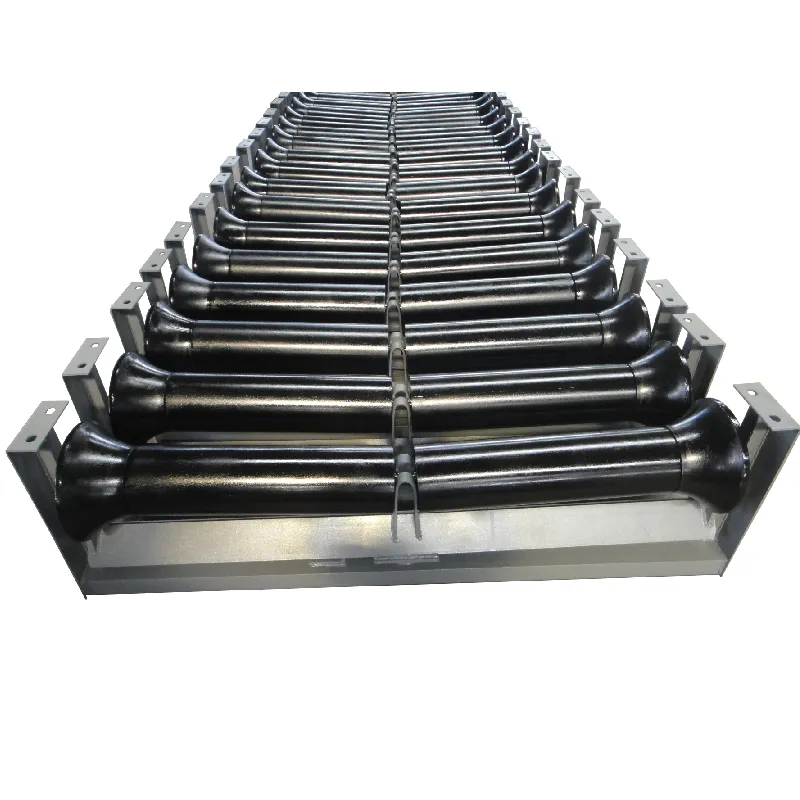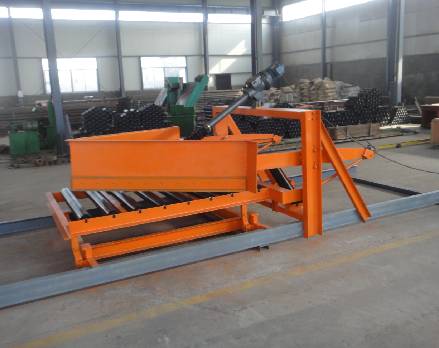 Afrikaans
Afrikaans  Albanian
Albanian  Amharic
Amharic  Arabic
Arabic  Armenian
Armenian  Azerbaijani
Azerbaijani  Basque
Basque  Belarusian
Belarusian  Bengali
Bengali  Bosnian
Bosnian  Bulgarian
Bulgarian  Catalan
Catalan  Cebuano
Cebuano  Corsican
Corsican  Croatian
Croatian  Czech
Czech  Danish
Danish  Dutch
Dutch  English
English  Esperanto
Esperanto  Estonian
Estonian  Finnish
Finnish  French
French  Frisian
Frisian  Galician
Galician  Georgian
Georgian  German
German  Greek
Greek  Gujarati
Gujarati  Haitian Creole
Haitian Creole  hausa
hausa  hawaiian
hawaiian  Hebrew
Hebrew  Hindi
Hindi  Miao
Miao  Hungarian
Hungarian  Icelandic
Icelandic  igbo
igbo  Indonesian
Indonesian  irish
irish  Italian
Italian  Japanese
Japanese  Javanese
Javanese  Kannada
Kannada  kazakh
kazakh  Khmer
Khmer  Rwandese
Rwandese  Korean
Korean  Kurdish
Kurdish  Kyrgyz
Kyrgyz  Lao
Lao  Latin
Latin  Latvian
Latvian  Lithuanian
Lithuanian  Luxembourgish
Luxembourgish  Macedonian
Macedonian  Malgashi
Malgashi  Malay
Malay  Malayalam
Malayalam  Maltese
Maltese  Maori
Maori  Marathi
Marathi  Mongolian
Mongolian  Myanmar
Myanmar  Nepali
Nepali  Norwegian
Norwegian  Norwegian
Norwegian  Occitan
Occitan  Pashto
Pashto  Persian
Persian  Polish
Polish  Portuguese
Portuguese  Punjabi
Punjabi  Romanian
Romanian  Russian
Russian  Samoan
Samoan  Scottish Gaelic
Scottish Gaelic  Serbian
Serbian  Sesotho
Sesotho  Shona
Shona  Sindhi
Sindhi  Sinhala
Sinhala  Slovak
Slovak  Slovenian
Slovenian  Somali
Somali  Spanish
Spanish  Sundanese
Sundanese  Swahili
Swahili  Swedish
Swedish  Tagalog
Tagalog  Tajik
Tajik  Tamil
Tamil  Tatar
Tatar  Telugu
Telugu  Thai
Thai  Turkish
Turkish  Turkmen
Turkmen  Ukrainian
Ukrainian  Urdu
Urdu  Uighur
Uighur  Uzbek
Uzbek  Vietnamese
Vietnamese  Welsh
Welsh  Bantu
Bantu  Yiddish
Yiddish  Yoruba
Yoruba  Zulu
Zulu Jan . 30, 2025 05:33
Back to list
Wing Pulley
Wing pulley lagging plays a crucial role in the world of conveyor systems, directly impacting efficiency, longevity, and performance. Understanding the intricacies of this component can significantly enhance the operational effectiveness of a conveyor system. As industries continue to push for optimized productivity, the expertise in selecting and maintaining wing pulley lagging becomes indispensable.
Authority in the industry is established through consistent performance and innovation. Manufacturers of wing pulley lagging continuously research and develop materials that offer improved performance metrics. The introduction of hybrid materials, combining the resilience of rubber with the hardness of ceramics, reflects this ongoing innovation. Companies that lead in this niche not only provide quality products but also educate and train their partners in installation and maintenance, cementing their reputation as trusted sources of industrial solutions. Trustworthiness stems from proven reliability and a commitment to quality. Comprehensive testing under simulated operational conditions ensures that the lagging materials meet stringent industry standards. This reliability is crucial, as the failure of conveyor components can lead to significant downtime and economic loss. Trusted providers of wing pulley lagging offer warranties and create enduring relationships with their clients, focusing on long-term operational success rather than short-term gains. With the advent of smart technology, the future of wing pulley lagging looks promising. Incorporating sensors and remote monitoring systems can offer real-time data on lagging wear and tear, enabling predictive maintenance and reducing unexpected breakdowns. This marriage of traditional mechanical components with modern technology represents the cutting edge of conveyor system efficiency. In summary, wing pulley lagging is far more than a protective layer on a conveyor pulley; it's a crucial component that demands informed choice and expertise for optimal performance. Industry professionals understand that the right lagging can significantly enhance conveyor system efficiencies, reduce downtime, and save costs. The continuous innovation and reliability offered by leading manufacturers ensure that wing pulley lagging remains a vital aspect of material handling across various sectors. Understanding and investing in the right lagging solutions is a testament to a company’s commitment to excellence in operational management and reflects a broader trend towards intelligent, sustainable industrial practices.


Authority in the industry is established through consistent performance and innovation. Manufacturers of wing pulley lagging continuously research and develop materials that offer improved performance metrics. The introduction of hybrid materials, combining the resilience of rubber with the hardness of ceramics, reflects this ongoing innovation. Companies that lead in this niche not only provide quality products but also educate and train their partners in installation and maintenance, cementing their reputation as trusted sources of industrial solutions. Trustworthiness stems from proven reliability and a commitment to quality. Comprehensive testing under simulated operational conditions ensures that the lagging materials meet stringent industry standards. This reliability is crucial, as the failure of conveyor components can lead to significant downtime and economic loss. Trusted providers of wing pulley lagging offer warranties and create enduring relationships with their clients, focusing on long-term operational success rather than short-term gains. With the advent of smart technology, the future of wing pulley lagging looks promising. Incorporating sensors and remote monitoring systems can offer real-time data on lagging wear and tear, enabling predictive maintenance and reducing unexpected breakdowns. This marriage of traditional mechanical components with modern technology represents the cutting edge of conveyor system efficiency. In summary, wing pulley lagging is far more than a protective layer on a conveyor pulley; it's a crucial component that demands informed choice and expertise for optimal performance. Industry professionals understand that the right lagging can significantly enhance conveyor system efficiencies, reduce downtime, and save costs. The continuous innovation and reliability offered by leading manufacturers ensure that wing pulley lagging remains a vital aspect of material handling across various sectors. Understanding and investing in the right lagging solutions is a testament to a company’s commitment to excellence in operational management and reflects a broader trend towards intelligent, sustainable industrial practices.
Next:
Latest news
-
Revolutionizing Conveyor Reliability with Advanced Rubber Lagging PulleysNewsJul.22,2025
-
Powering Precision and Durability with Expert Manufacturers of Conveyor ComponentsNewsJul.22,2025
-
Optimizing Conveyor Systems with Advanced Conveyor AccessoriesNewsJul.22,2025
-
Maximize Conveyor Efficiency with Quality Conveyor Idler PulleysNewsJul.22,2025
-
Future-Proof Your Conveyor System with High-Performance Polyurethane RollerNewsJul.22,2025
-
Driving Efficiency Forward with Quality Idlers and RollersNewsJul.22,2025
OUR PRODUCTS





























